Sublimation Ink Cartridges Introduction
The use of the right sublimation ink cartridges is critical for producing brilliant, long-lasting prints from a desktop dye sublimation printer. Sublimation inks, as opposed to ordinary ink formulas, are designed to infuse directly into polymer and specifically coated objects by intense heat exposure.
Blank substrates are transformed into one-of-a-kind personalized stuff such as custom clothes, mugs, smartphone cases, keepsake decorations, and a plethora of other decorative items.
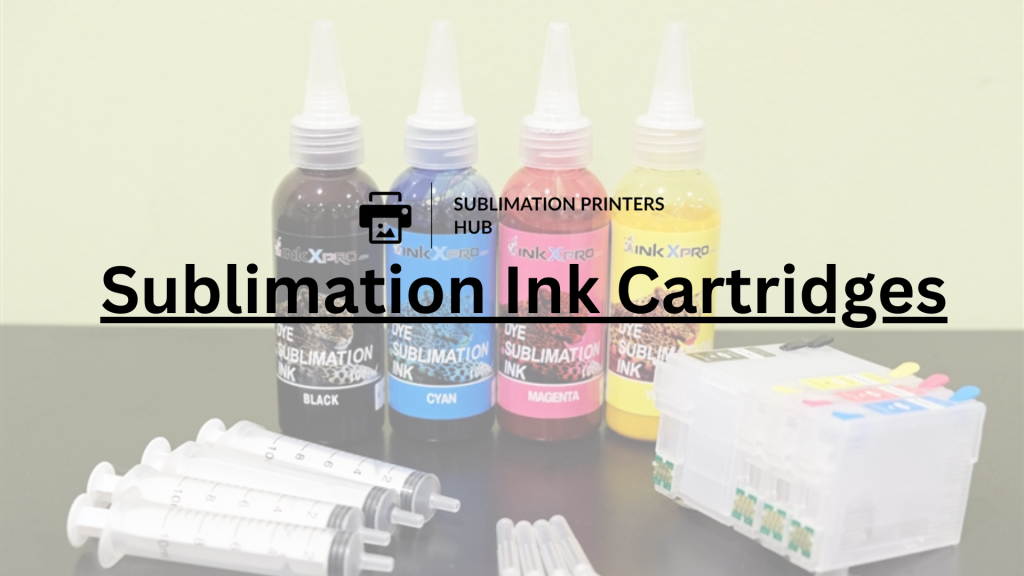
However, the chemical infusion method places specific demands on print formulations, necessitating the use of specialized sublimation ink cartridges that are explicitly compatible with the specified decorative materials.
Generic inks just cannot provide the long-lasting, photorealistic impressions that have made sublimation decorating so popular for mass customisation.
Learn everything you need to know about the properties of high-quality sublimation ink cartridges in this comprehensive tutorial.
We discuss what to look for when purchasing new sublimation ink supplies, present useful usage and maintenance suggestions to maximize performance, and review the best cartridge selections for various transfer applications. Find the best dye sub inks for your next project.
How Sublimation Ink Cartridges Work?
The high-concentration dye encapsulated in liquid solvent carriers developed for stability under great heat is the fundamental ingredient that gives sublimation inks their distinctive transfer capabilities.
Printheads atomize droplets to create exact grids or lines that compose the appropriate images or text elements. When the ink saturates specially coated transfer sublimation paper, it seems muted and dreary, significantly different from the final bright result.
Only when significant heat (over 400 degrees Fahrenheit) and pressure are applied during the sublimation transfer stage do the dyes transform from solid particles to gases, which subsequently diffuse into the polymer surface connecting irreversibly at the molecular level.
We can use a regular printer for sublimation?
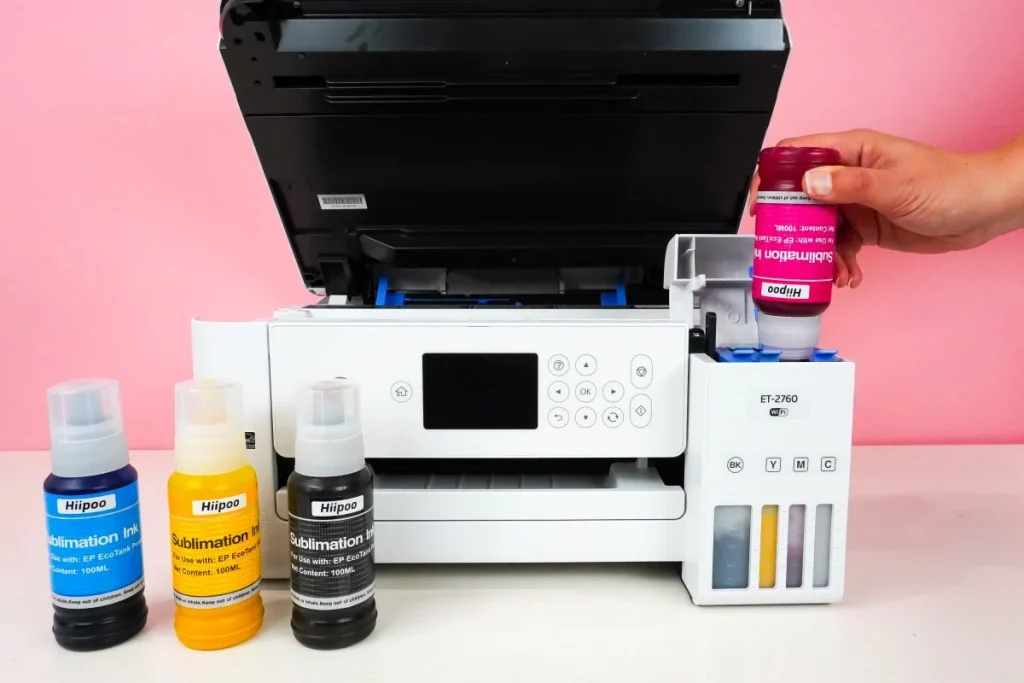
This results in long-lasting, sweat-resistant full-color photographic prints that outlast screen printing or vinyl graphics.
Because this vapour bonding is based on the chemical properties of proprietary dye compounds, quality control across sublimation ink chemistry distinguishes exceptional performance, which is often represented by trusted brand formulations, from third party generic formulations, which are prone to clogging, bleeding, and changing colour hues.
How To setting Up Sublimation Printing Business?
Purchasing The Best Effective Sublimation Ink Cartridges
With hundreds of dollars invested in the latest full-color desktop sublimation printers, it’s tempting to scrimp on off-brand discount ink cartridges with tremendous yields at a fraction of the price.
However, unproven no-name inks frequently fail to live up to the hype. Worse, they can irreversibly harm fine print heads and filtration systems that are meant exclusively for name brand formulations.
Prioritize the following characteristics when choosing the best sublimation ink cartridges:
- Ink Volume – Having more dye suspended in carriers minimizes the need for refills
- Print Capacity – Total printed area across all substrates
- Vibration Levels – Colour density and saturation intensity ratings
- Environmental Aspects – Ink storage temperature ranges
- Mix Compatibility – Printer Model Support Across Platforms
- Improved Nozzle Performance – Less clogging and self-cleaning requirements
- Technical Support – Problem-solving customer service
- Consistent reputation – Proven print quality throughout time
Leading manufacturers such as Sawgrass and InkTec spend millions of dollars creating next generation high-intensity dyes with proprietary solvent base engineering that maximizes heat transferability across the widest range of decorative surfaces such as ceramics, textiles, metals, acrylics, and more.
Although slightly more expensive than generic versions, improved dependability and consistency justify the extra.
Pricing analysis – How much is a sublimation printer?
Excellent Sublimation Ink Cartridges
We compare best-in-class ink options to ordinary $20 standard cartridges with typical 100ml capacity adequate for most bespoke phone cases, ceramic tile, or 40 t-shirt runs. Stretch is produced by doubling.
SubliJet HD Sawgrass – $35/cartridge:
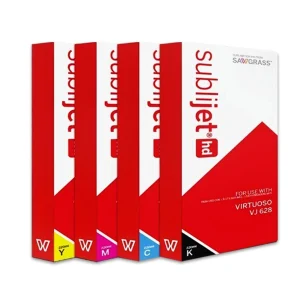
The studio standard for fine art canvas transfers with vivid block colors that attach consistently to aluminium slats for domestic accessories like etched coasters or granite-like personalized ceramic dinner plates.
CosmosInk Sublim – $25/cartridge:
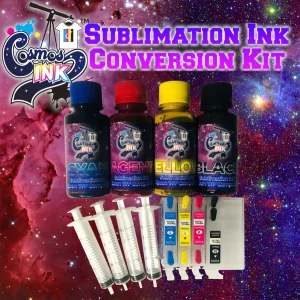
Impressive 1200×600 dpi resolution is ideal for polymer keychains and tabletop wargame miniatures that require precise photorealism, and it is made affordable by dependable bulk inks sourced from South Korea.
How to fix ghosting in sublimation?
Splash by InkTec – $30/cartridge:
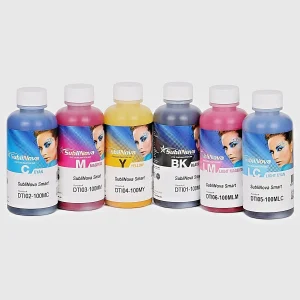
Splash is the go-to for bold full-coverage cell phone skins, carved polyaluminum baggage tags, and gleaming metal phone wallets at near boutique resolution quality with greater wash endurance required for outdoor garment decorating against fading.
Using Third-Party Inks
Low-cost desktop dye sublimation printers like Epson, Canon, and Ricoh use tried-and-true scalable print engine design, making their hardware significantly more inexpensive for aspiring product customisation firms. Savings here allow for larger ink budgets.
Before attempting to refill proprietary cartridges or run third-party inks on a continuous basis, review extensive printer manuals to check for technical safeguards such as implanted microchips that refuse foreign or refilled cartridges.
If unsupported, look at workaround changes such as spoofing resetters to avoid chipset checks before assessing cheaper inks.
Important Printer Settings For Sublimation
Improving the Performance of Sublimation Ink Cartridges
Intelligent ink management optimizes consumption, resulting in considerable cost and labour savings from enhanced first-run print success and fewer abandoned botched transfers. Use the following cartridge best practices:
- Always shake bottles thoroughly before installation. Check and clean nozzles on a regular basis
- Colour constancy is achieved by replacing cartridges at the same time
- Print multi-part photos all at once for alignment
- Keep partially used cartridges tightly sealed in cool, dark places
- Reduce the amount of dust and particles entering the ink route
- Upgrade cartridge chips anytime capacity is increased
Monitoring usage trends and lifespan attributes per cartridge enables further economies to develop, such as understanding when greater capacity bottles become worthwhile or switching generic brands based on application.
What kind of printer needed for sublimation?
Problems with Sublimation Printing
There is no amount of preventative maintenance that can completely protect against mid-job printer failures that destroy transfer paper and substrate investments. Before changing entire ink systems when quality deteriorates, follow this troubleshooting guide:
1) Blurry Text/Images – Align or replace the damaged printhead element
2) Dark specks indicate dust pollution – replace in-line filters
3) Mottled Texture – Adjust transfer pressure and paper feed grip rollers
4) Light or faded prints – Resolve pigments by agitating cartridges and running cleaning cycles
5) Warped Dimensions – Maintain constant flat surface contact
6) Colour Streaking – Clean Nozzles to unclog dye crystal clumping
Aside from physical flaws, if the entire colour output skews with yellow and black predominating despite perfectly generated spooling images, a slowed source RGB to CMYK conversion is likely, indicating software issues – Sublimation Printing Software Guide.
Sublimation Ink Development Continues
Leading global ink developers such as DuPont and Epson are always developing novel dye compounds and formula improvements to improve colour gamut range, suspension stability, and transfer efficiency, with the goal of reaching over 98% producing zero waste from misprints.
Future sublimation ink cartridge manufacturers should provide:
- Increased compatibility with 45% more material types, including leathers, latex, and nylons
- Composite blends with higher density metallic, glitter, and glow particle enclosures
- Centrifugal systems that keep materials from separating during storage
- RFID platforms that analyze real-time spray data to detect early failures
- Nanoscale enclosure shells that regulate ideal droplet morphologies
Already, specialist batches using printed electronics use unique features such as magnetic polarization and thermochromic triggers to generate instantaneously personalized responsive items such as mood changing mugs or animated socks.
Sublimation ink innovation ensures that interesting print promotion opportunities continue to expand.
How To Sublimate on 100% Polyester?
Conclusion
OEM dye sublimation ink cartridges continue to be the gold standard for unrivalled photorealistic reproduction quality across the most diverse printable surface types.
Consider critical parameters such as nozzle reliability, storage restrictions, and colour consistency when assessing third-party or bulk refill choices, as well as replacement costs if poor performing inks harm integrated printer components, compromising entire systems.
Because of the technological magic of sublimation, completely personalized bespoke graphics transform ordinary products into memorable memories with the proper cartridge selection. Thank you for visiting Sublimation Printers HUB.

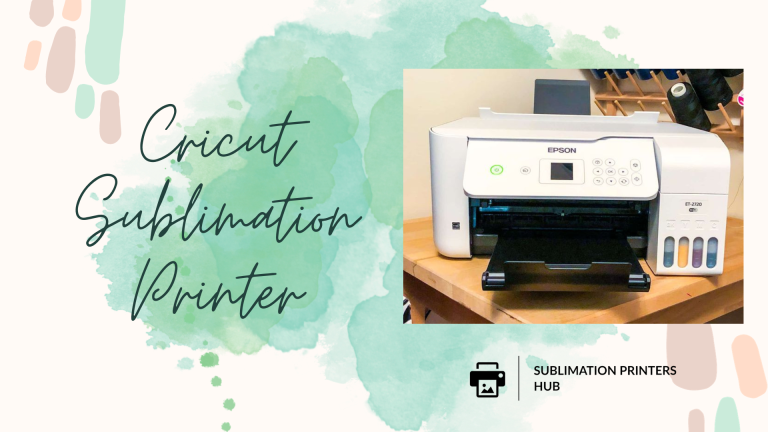
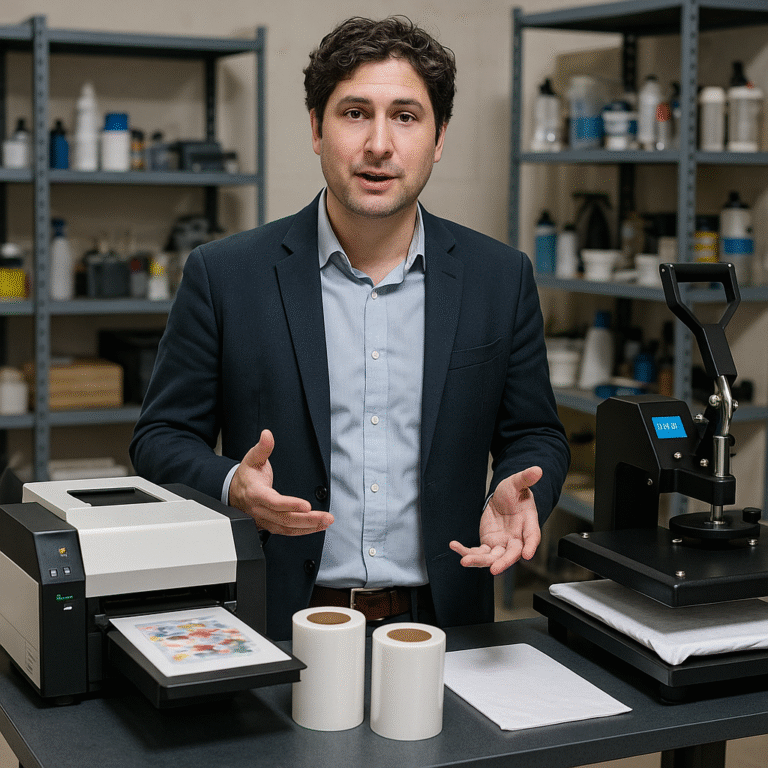
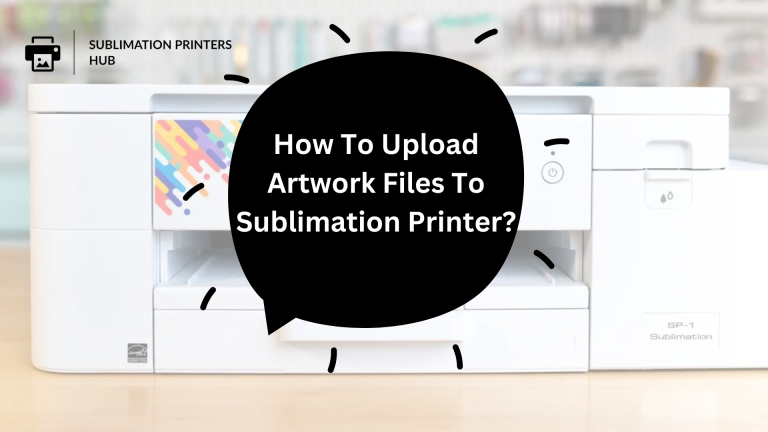

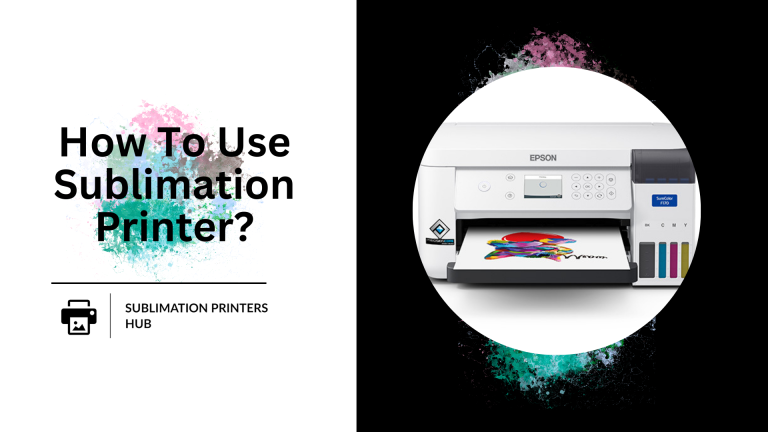
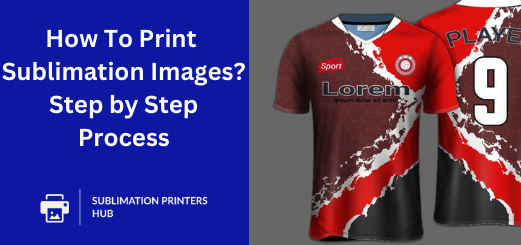
12 Comments